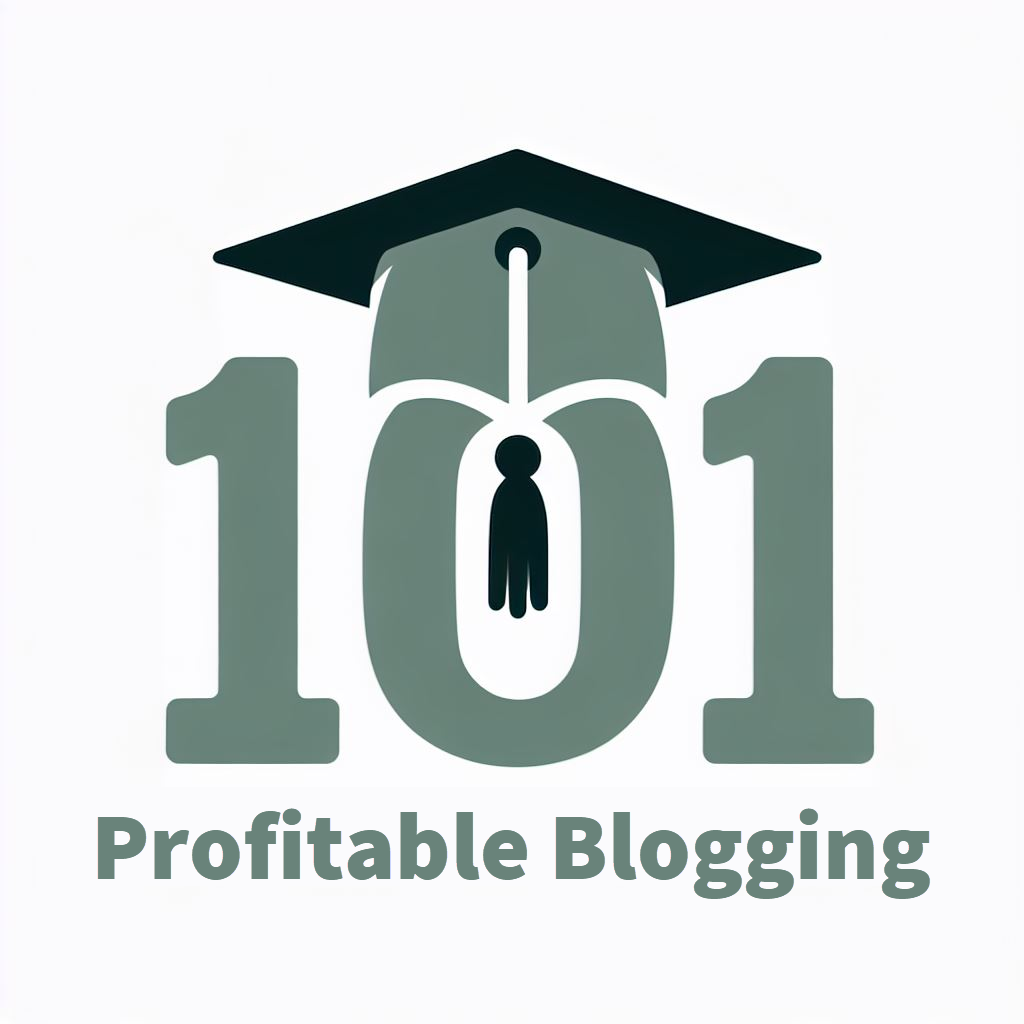Content Calendar Chaos Conquered: Strategies for Staying Organized and Productive
When it comes to content calendar management, they say, 'Failing to plan is planning to fail.' Imagine a world where your content strategy flows seamlessly, deadlines are met effortlessly, and creativity thrives.
What if you could navigate the chaos of content creation with ease, ensuring each piece aligns perfectly with your overarching goals? There's a method to bring order to the madness, a system that streamlines your workflow and boosts productivity.
Want to know how?
Setting Clear Goals
When creating a content calendar, it's essential to set clear and measurable goals to guide your strategy effectively. Start by defining what you want to achieve with your content. Are you looking to increase website traffic, generate leads, or boost engagement on social media? Having specific goals will help you stay focused and track your progress.
Consider using the SMART criteria when setting goals: Specific, Measurable, Achievable, Relevant, and Time-bound. This framework will guarantee that your goals are well-defined and actionable. For example, instead of saying you want to increase website traffic, a SMART goal would be to increase organic traffic by 20% in the next three months.
Establishing Content Categories
To effectively organize your content calendar, categorize your content into distinct themes or topics that align with your overall marketing objectives. By establishing content categories, you create a structured framework that allows for a clear and focused approach to your content creation process. Start by identifying key areas that are relevant to your brand and target audience. These categories could include product features, industry trends, customer stories, educational content, or promotional materials.
Assigning specific themes to each category helps streamline your content creation process and guarantees that each piece you produce serves a strategic purpose. For instance, if one of your marketing objectives is to increase brand awareness, you might've a category dedicated to storytelling or behind-the-scenes content that humanizes your brand.
Prioritizing Key Themes
After establishing content categories to guide your content creation process, the next step is to prioritize key themes that align with your marketing objectives and guarantee with your target audience. By focusing on these key themes, you can assure that your content remains cohesive and effectively communicates your brand message.
Start by identifying the core messages or topics that are most important for your brand at this time. Consider what'll be most engaging for your audience and what'll help you achieve your marketing goals.
Once you have identified these key themes, rank them in order of importance based on your current objectives. This will help you allocate resources efficiently and make sure that you're consistently delivering content that supports your overall strategy. Remember, prioritizing key themes doesn't mean neglecting other topics entirely; it simply means focusing your efforts where they'll have the most impact.
Mapping Out Deadlines
In strategizing content calendar timelines, precision in scheduling key milestones is paramount to making smooth execution of your marketing plan. When mapping out deadlines, it's essential to establish a clear roadmap that keeps you on track and accountable.
Here are three essential steps to help you stay organized and productive:
- Identify Critical Milestones: Begin by pinpointing the most important deadlines for your content creation and distribution. This could include dates for drafting, editing, approval, and publication. By knowing these key milestones, you can allocate your resources effectively and prevent last-minute rushes.
- Set Realistic Timeframes: Be realistic about the time each task will take. Consider factors like research, design, and revisions when determining your deadlines. Assign buffer times to accommodate unexpected delays and make sure that you can deliver high-quality content consistently.
- Use Visual Tools: Utilize tools like Gantt charts or digital calendars to visually represent your deadlines. Seeing your timeline laid out can help you prioritize tasks, track progress, and make adjustments as needed, enhancing your overall efficiency and organization.
Implementing Collaboration Tools
When implementing collaboration tools, streamline communication and enhance workflow efficiency by integrating platforms that facilitate seamless interaction among team members. Choose tools like Slack, Microsoft Teams, or Trello to centralize discussions, share files, and assign tasks effortlessly.
These platforms offer real-time messaging, file sharing, and project management features that keep everyone on the same page. Utilize shared calendars to coordinate meetings and deadlines efficiently, ensuring that team members stay informed and organized.
Encourage team members to provide regular updates and feedback through these tools to maintain transparency and accountability. By embracing collaboration tools, you empower your team to work together cohesively, regardless of physical location or time zone.
Remember to set clear guidelines on tool usage and best practices to maximize their benefits. With effective implementation of collaboration tools, you can boost productivity, foster creativity, and achieve seamless teamwork in your content creation process.
Creating a Detailed Workflow
To optimize your content creation process, develop a detailed workflow that outlines specific tasks, responsibilities, and timelines for each team member. By creating a structured plan, you can streamline your content production and guarantee that everyone is clear on their roles and deadlines.
Here are three key steps to help you establish a detailed workflow:
- Task Identification: Begin by listing all the tasks involved in your content creation process, such as research, writing, editing, designing, and publishing. Assign each task to the team member best suited for it based on their skills and expertise.
- Responsibility Assignment: Clearly define who's responsible for each task and establish accountability. Make sure that team members understand their roles and the expectations associated with them.
- Timeline Setting: Set realistic timelines for each task to guarantee that the workflow progresses smoothly and that deadlines are met. Consider dependencies between tasks and factor in buffer time to account for unexpected delays.
Incorporating Buffer Time
Guarantee smooth workflow progression by strategically incorporating buffer time into your content creation process. Buffer time is the secret weapon that allows you to manage unexpected delays or revisions without derailing your entire schedule.
By intentionally carving out blocks of buffer time in your content calendar, you create a safety net to catch any unforeseen issues that may arise during the creation process. This strategic approach not only secures that you stay on track but also gives you the freedom to adapt to changes seamlessly.
When incorporating buffer time, consider allocating extra time for each task to accommodate any unforeseen circumstances. This additional cushion prevents a domino effect of delays if one task takes longer than expected. By building in these buffers, you proactively position yourself for success, reducing stress and boosting productivity.
Embrace buffer time as a proactive measure rather than a sign of inefficiency. It empowers you to handle unexpected challenges with ease, maintaining a steady workflow and delivering high-quality content consistently. So, embrace the power of buffer time and watch how it transforms your content creation process for the better.
Conducting Regular Reviews
Incorporate regular reviews into your content calendar strategy to guarantee continuous improvement and alignment with your goals. Conducting regular reviews helps you stay on track and make sure that your content remains relevant and effective.
Here are three key ways to make the most out of your content calendar reviews:
- Set a Consistent Review Schedule: Establish regular intervals for reviewing your content calendar, whether it's weekly, bi-weekly, or monthly. Consistency will help you maintain momentum and catch any issues early on.
- Evaluate Performance Metrics: Take a thorough look into the performance metrics of your past content. Analyze what worked well, what didn't, and use this data to inform future content decisions.
- Seek Feedback and Adjust Accordingly: Encourage feedback from your team or audience to gain different perspectives. Use this feedback to refine your content strategy and make necessary adjustments for better results.
Leveraging Automation Tools
Utilize automation tools to streamline your content calendar management and enhance efficiency in content creation and distribution. By integrating automation software into your workflow, you can save time and reduce the risk of errors in scheduling and posting content.
Tools like Buffer or Hootsuite allow you to plan and schedule social media posts in advance, guaranteeing a consistent online presence without the need for manual intervention each time. Additionally, email marketing platforms such as Mailchimp offer automation features for sending out newsletters or promotional emails based on specific triggers or schedules you set up.
Automation tools can also help with content creation by generating ideas, optimizing SEO, and even assisting in design tasks. Utilize tools like Grammarly for proofreading, Canva for creating visually appealing graphics, or BuzzSumo for identifying trending topics in your industry.
Analyzing Performance Metrics
To optimize your content calendar's effectiveness, begin by analyzing performance metrics to gauge the impact and success of your content strategy. Understanding how your content is performing is essential for making informed decisions and improvements. Here are three key steps to help you effectively analyze performance metrics:
- Identify Key Performance Indicators (KPIs):
Determine which metrics align with your content goals, such as website traffic, engagement rates, conversion rates, or social media shares. Focusing on relevant KPIs will provide valuable insights into the effectiveness of your content.
- Utilize Analytics Tools:
Make use of tools like Google Analytics, social media insights, or email marketing analytics to track and measure your performance metrics accurately. These tools offer detailed data that can help you assess the impact of your content efforts.
- Regularly Monitor and Adjust:
Set aside time to regularly review your performance metrics and identify trends or patterns. Based on these insights, make necessary adjustments to your content strategy to enhance its effectiveness and achieve your goals. By consistently analyzing performance metrics, you can refine your content calendar for best results.
Maintaining Flexibility
Flexibility is key to effectively adapting and responding to ever-changing content needs and opportunities in your content calendar strategy. By incorporating a flexible mindset into your approach, you empower yourself to tackle unexpected challenges and capitalize on emerging trends. One way to maintain flexibility is by setting aside designated time slots in your calendar for spontaneous content creation or adjustments. This proactive planning allows you to stay agile while still adhering to your overall content strategy.
Another strategy is to regularly review and reassess your content calendar to identify areas where flexibility can be beneficial. This could involve shifting priorities, reallocating resources, or exploring new content formats to better engage your audience. Embracing change and being open to experimentation are essential components of a flexible content calendar strategy.
Frequently Asked Questions
How Can I Effectively Manage Unexpected Changes or Last-Minute Content Requests in My Content Calendar?
When hit with unexpected changes or last-minute content requests on your calendar, swiftly assess priorities. Adjust timelines if needed. Delegate tasks where possible. Stay flexible and communicate openly with your team to guarantee a smooth handover and successful completion.
What Are Some Tips for Balancing Long-Term Content Planning With the Need for Timely, Relevant Content?
Balancing long-term content planning with the need for timely, relevant content requires finesse. Prioritize themes and key dates in advance, but stay flexible to seize current trends. Embrace adaptability and spontaneity for a dynamic content strategy.
How Can I Ensure That My Content Calendar Aligns With My Overall Marketing Strategy and Business Goals?
To align your content calendar with your marketing strategy and business goals, start by defining clear objectives. Regularly review and adjust the calendar based on performance data. Stay flexible and open to new ideas to make certain your content remains relevant and impactful.
What Are Some Best Practices for Incorporating User-Generated Content Into My Content Calendar?
To seamlessly blend user-generated content into your calendar, leverage engagement metrics for best timing, show appreciation by highlighting contributors, maintain authenticity by mixing it with your original content, and foster a community-driven narrative.
How Do I Handle Content Fatigue and Prevent Burnout When Managing a Busy Content Calendar?
To handle content fatigue and prevent burnout with a busy calendar, prioritize tasks, delegate when possible, schedule breaks, and set realistic goals. Focus on quality over quantity, engage with your audience for inspiration, and remember self-care is essential.
Conclusion
Congratulations! You have successfully tamed the content calendar chaos and emerged as a productivity powerhouse.
With clear goals, strategic categories, and a well-organized schedule, you're unstoppable. Keep prioritizing, collaborating, and analyzing to stay ahead of the game.
Embrace automation and flexibility to maintain your momentum. You're a content calendar wizard, ruling over the chaos with ease and efficiency.
Keep up the great work!







